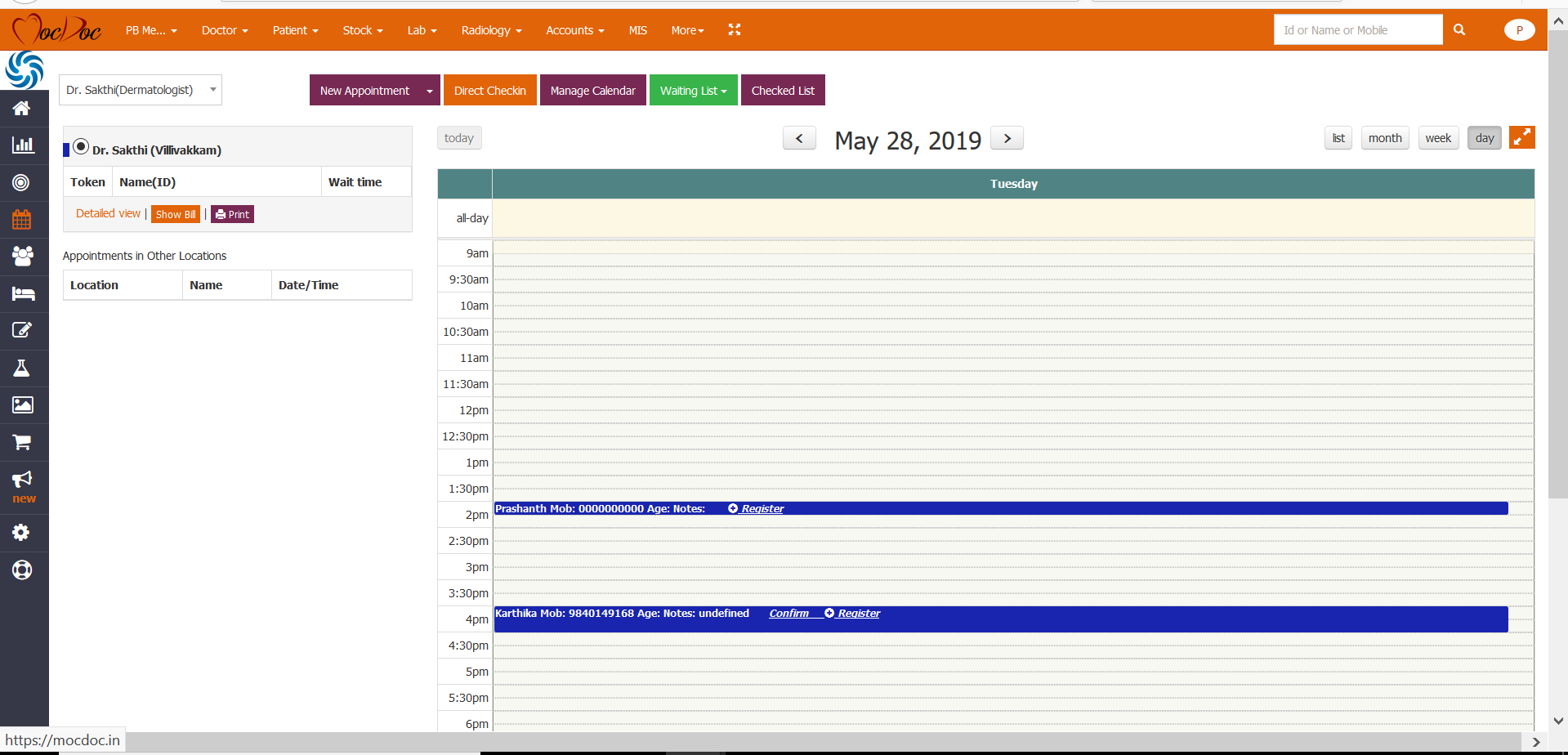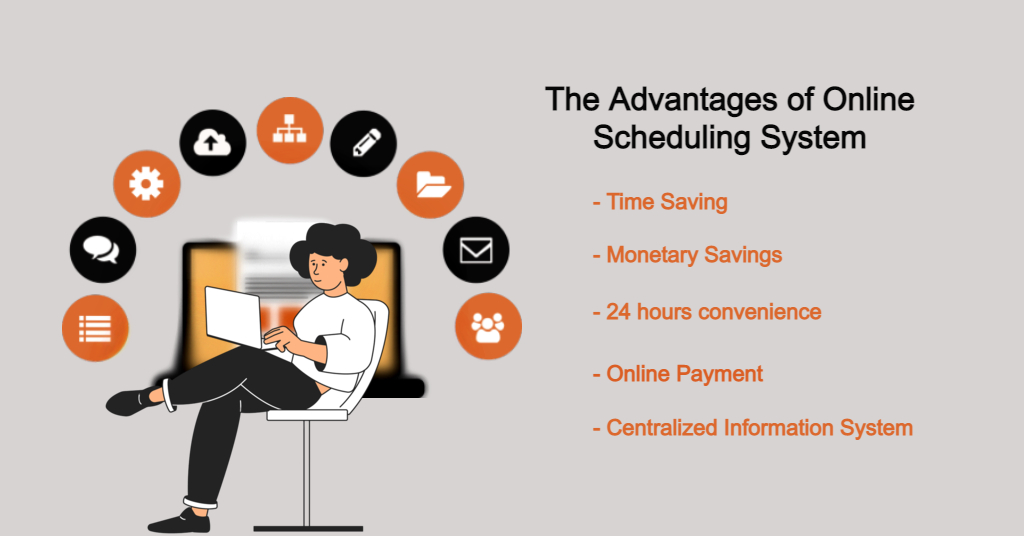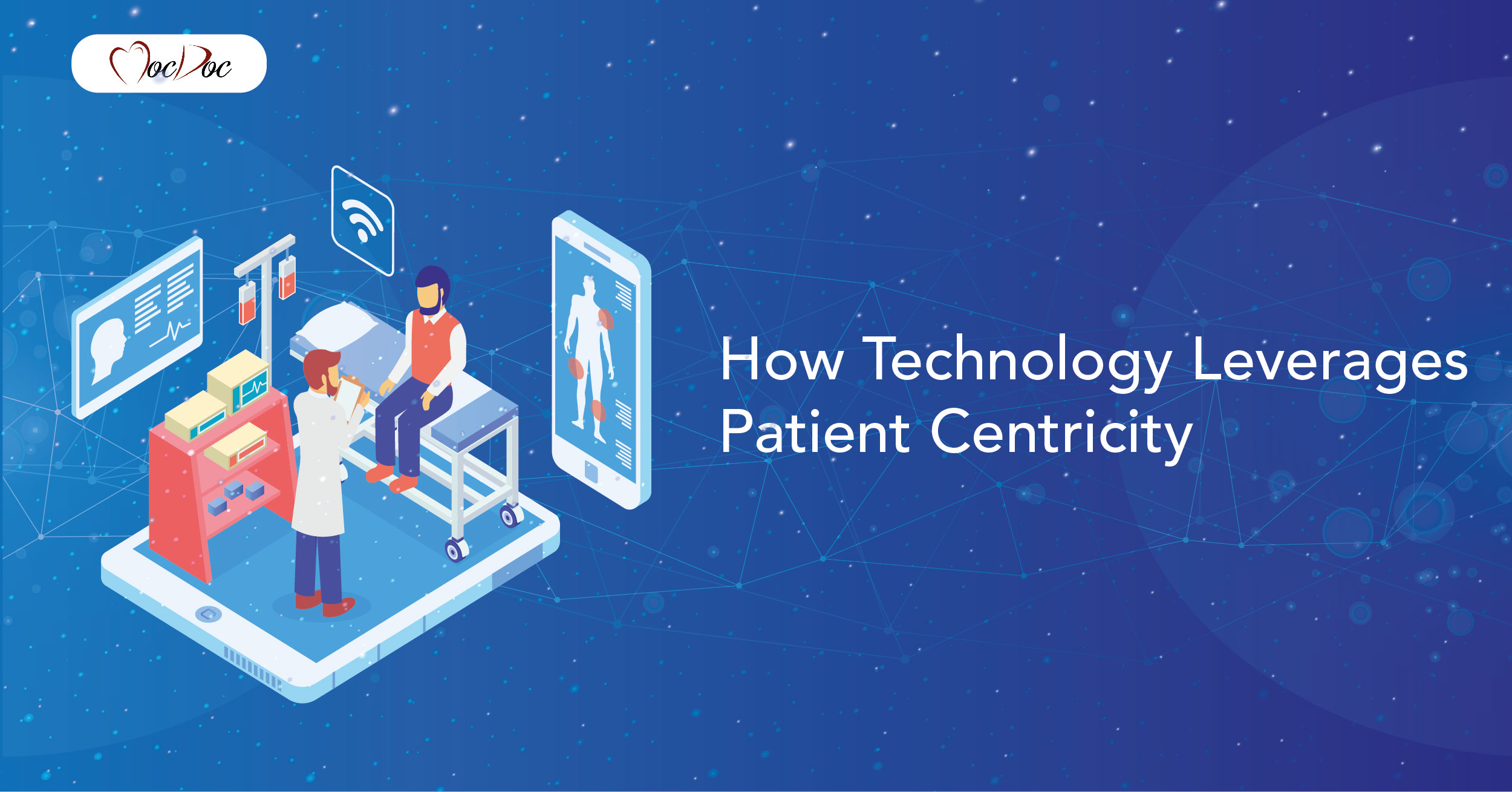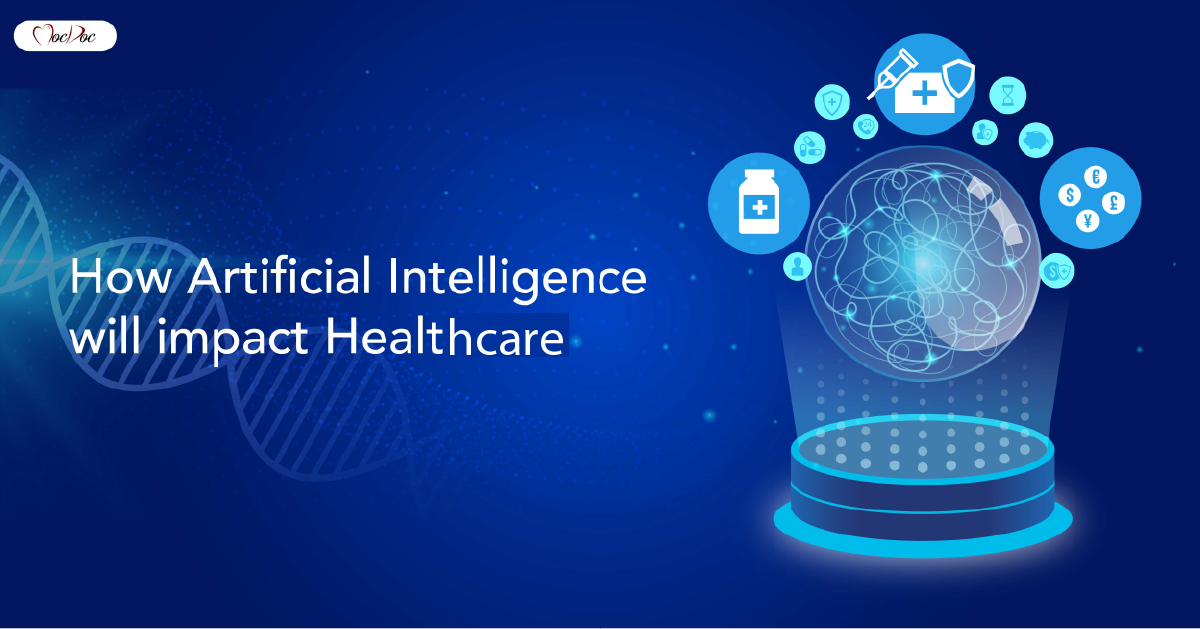MocDoc's Offerings
Benefits of an Online Appointment Management System in Healthcare Industry
Published By
Sanjana
2019052910:47:24
Category Healthcare

Exploring The Benefits of Online Appointment Systems
The need for healthcare services is growing with the increase in population and the number of patients who seek healthcare at hospitals, medical facilities, holistic groups, and physician practices has improved significantly.
These bring a new set of challenges for the staff of the facility and administrators. Online scheduling software, a recent technological advancement, has made the booking process in hospitals easier for both patients and administrative staff.
What are the advantages of an Online Scheduling System?
Online scheduling systems are also known by many names such as online booking applications, online schedulers, online scheduling software, and more. It is one of the most commonly used web-based applications and enables individuals to securely and conveniently book their reservations and requests online via a laptop, tablet, smartphone, computer, and other web-connected devices.
Anyone can access the online appointment management system via the URL provided by the healthcare or medical facility or through a “Book Now” button on the website. Once the time and date are selected, the system confirms the bookings automatically and also records them within the system instantly without any intervention from the staff.
The online appointment management system also comes with features like automated text and email message reminders, which are sent to the booked patients or individuals on the date booked before their scheduled time of booking. The flexibility of the online appointment management system in healthcare includes
- Booking inoculations and vaccines in hospitals.
- Scheduling a patient’s treatment, services, and appointments.

Time-Saving:
The staff spends less time on managing appointments, and phone booking, and can, therefore, use their free time for more urgent and vital tasks. The patients can also save time as there is no need to call the hospital and book an appointment in the middle of their busy schedule.
Example: Consider a large medical facility hospital that schedules 100 plus appointments daily. Every appointment call is handled by the support staff from the administration, and they spend approximately 3 to 4 minutes on a phone call.
In this case, if the healthcare facility switches to an online booking system it can save most of their time and also get more time to deal with other pressing tasks in the facility.
Monetary Savings:
The time savings made by the facility can translate automatically into monetary savings as a reduction in services and staff translates into a reduction in expenses. The appointment management system can reduce the need for extra human resources created by appointment scheduling.
24 hours convenience:
An individual is needed to schedule an appointment over the phone calls during office hours, and therefore people need to work round the clock on the phone booking. With an online appointment management system, the individual or the patient can book an appointment at any time. It is seen that after business hours, more than 55 percent of all appointments are booked through online scheduling appointment systems.
Online Payment:
Every service needs a secure payment system. As an online appointment management system is safe, and the data is kept secure, people find themselves comfortable with online payments. Offering a free consultation or discounts on consultation fees within the limited period after the initial consultation encourages individual patients to make use of the online appointment management system every time to book an appointment.
Healthcare providers are using the latest technology and keeping themselves updated to enhance quality. The online appointment scheduling system is considered to be a step forward in bringing a healthcare facility to the future.
Making the workflow perfect, enhancing data reporting and capturing, improving efficiency and time savings, and providing the patient with significant convenience and choice, thereby enhancing patient loyalty and trust are some important benefits of an online appointment management system.
Centralized Information System:
Online systems make patient management system easier and more efficient. Some online scheduling systems for appointments also have management of patient health records as part of the package. The organization can create a single point from which to save, update, manage, and analyze patient information.
Recording, reporting, and analyzing such information helps to efficiently manage the case file of a patient. All regularly recorded patient information, along with a history of check-ups and associated medical tests, can be used to make educated, carefully considered healthcare decisions. This can reduce the amount of documentation and the time it takes to access physical files.
It is also possible to avoid redundant data entries about the same patient. In addition, the ongoing records of the patient can be updated at each appointment, making patient information available for easy and fast access in one place. This is important when two different practitioners are consulted at the same facility by a patient.
Example: it may be more convenient for a patient consulting a dentist and an orthodontist at the same facility to have information stored at a single point, as the dentist would like to be informed about the ongoing orthodontic treatment of the patient to assess how best to handle the specific oral hygiene needs of the patient.
In the same facility under another doctor, a quick reference to the current orthodontic procedures that the patient undergoes is all it takes for the dentist to plan his procedure. It saves time and ensures complementary and coordinated overall services are provided. Such systems become a common interface to access information about a single patient by different medical staff. This can go a long way in strengthening the care process of a patient.
Related Articles
Universal healthcare - let’s...
Universal health care is a hot topic for discussio..... Read more
A note from our CEO, Senthil K...
COVID-19 Update:Message to our MocDoc Commun..... Read more
How Technology Leverages Patie...
Imagine the following scenarios: An electroca..... Read more
How Artificial intelligence wi...
The healthcare industry has started to see conside..... Read more



